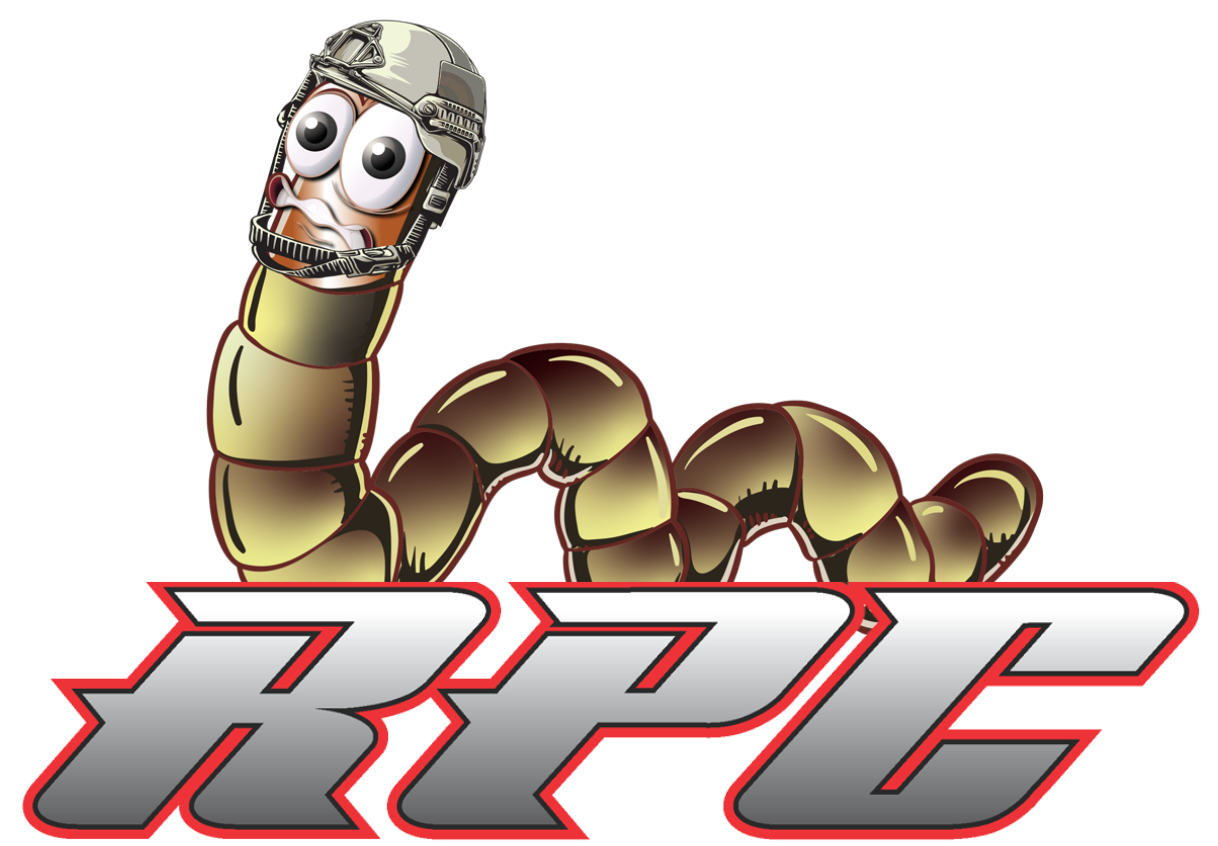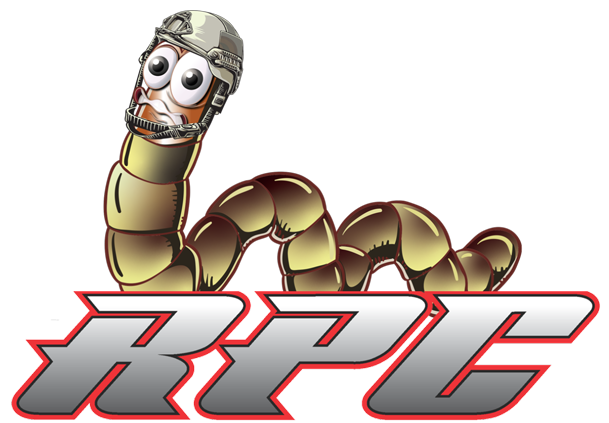It’s easy to overlook what's happening just below the surface of your lawn. Most people don’t give it much thought until yellowing patches start to creep across the grass or mysterious brown rings show up overnight. These aren't just signs of a thirsty lawn or a few hot days in the sun. Often, what you're really looking at is a fungus problem. And not just one kind, either—there are many types that thrive in lawns, especially when conditions are warm, humid, and inconsistent.
Fungal outbreaks don’t just spoil the appearance of your lawn. They interfere with healthy root development, crowd out grass blades, and in some cases, invite other pests to move in. Left unchecked, lawn fungus can take what should be a lush, green stretch of grass and turn it into a patchy mess that looks neglected and tired, no matter how much you water or mow. That’s why effective control isn’t just helpful—it’s necessary for anyone serious about keeping their lawn in good condition, especially in places like Central Florida where the climate creates the perfect breeding ground for fungal activity.
What Causes Lawn Fungus To Thrive?
Fungus in a lawn doesn’t just show up randomly. It develops when environmental conditions favor its growth. Things like excessive moisture, compacted soil, improper mowing practices, or even too much fertilizer can set the stage. Once the spores are present—and they’re almost always present in some form—it doesn’t take much for them to start multiplying.
Humidity is a major factor. When grass stays damp too long, whether from overwatering, poor drainage, or just the heavy dew that hangs in the air most mornings around here, fungi take full advantage. The spores latch on to the blades and begin their cycle, sometimes spreading silently for weeks before showing visible damage. And when they do appear, it’s not always obvious what you’re dealing with. From gray leaf spot to dollar spot and brown patch, the signs can look similar to those of drought stress or insect damage.
What complicates things further is how easily it spreads. It can hitch a ride on your mower, get tracked from one patch of turf to another on your shoes, or even blow in from a neighbor’s yard. Once established, it feeds on the weakened areas of your lawn, growing more aggressive and widespread with each passing week. And here’s the tricky part—treating fungus isn't about killing something that’s foreign. It's about managing a naturally occurring element of your lawn's ecosystem and keeping it from taking over.
How Fungus Control Works (When It’s Done Right)
Managing fungus on a lawn is more nuanced than just spraying a product and calling it a day. Real control begins with understanding the type involved, the conditions that allowed it to develop, and what needs to change to disrupt its growth cycle. Effective treatment should target the fungus without damaging the healthy grass or throwing off the natural balance of the soil.
This usually starts with a detailed inspection. Not just a quick glance at the lawn, but a thorough evaluation of soil moisture, grass health, thatch buildup, and shade patterns. Identifying problem areas helps pinpoint which species is active. For instance, brown patch tends to flare up in thick, lush lawns with heavy nitrogen levels, while dollar spot prefers lawns that are stressed or underfed.
Once the issue is diagnosed, treatment options can be tailored. That might include applying a specialized fungicide with the right mode of action, adjusting irrigation schedules to prevent lingering moisture, or modifying mowing height to avoid stressing the grass blades. Timing also matters. Fungicides are most effective when applied during certain growth stages, and applying too early—or too late—can reduce their impact.
Beyond that, preventing fungus from returning is part of the long game. That involves improving air circulation across the lawn, balancing nutrients in the soil, and making sure mowing blades stay sharp to prevent tearing the grass. A comprehensive approach looks beyond the symptoms and focuses on creating conditions that are hostile to fungal growth without compromising the lawn's overall health.
Why Local Conditions Matter
The challenges of fungus control can vary widely depending on geography, and in the Central Florida region, the climate plays a huge role. Warm temperatures, consistent rainfall, and high humidity combine to create an environment where lawn fungus doesn’t just survive—it thrives. Even well-maintained lawns can become vulnerable when the weather shifts quickly or when seasonal rains linger.
Local grass types also influence the situation. St. Augustine, zoysia, and Bermuda grasses all react differently to various fungi. Some are more tolerant; others can go downhill fast if a fungal infection gains ground. Knowing the specific characteristics of these grass varieties is key to applying the right products and methods at the right time.
That’s where working with a professional team that understands local conditions really makes a difference. There's no one-size-fits-all strategy here. What works in drier climates or northern zones isn’t going to hold up in this region. Lawn care has to be responsive—not just reactive. And with fungus, there’s a fine line between a minor annoyance and a full-blown infestation that requires more aggressive intervention. Staying ahead of it depends on regular monitoring, quick action, and a deep understanding of how these microorganisms behave in our climate.
Protect Your Lawn From The Ground Up
A healthy lawn isn’t just about appearance—it’s about balance. Fungus can upset that balance in ways that are subtle at first but devastating over time if ignored. Whether you're seeing early signs or dealing with an ongoing outbreak, taking the issue seriously is a smart move. With the right experience and treatment approach, it’s possible to regain control and keep your lawn strong, even in a challenging climate.
At Robins Pest Control, we specialize in fungus control tailored to the unique conditions of our region. If you’re noticing unusual patches, discoloration, or anything that looks suspicious, reach out to us. Let’s take a closer look and figure out what’s really going on. Contact us today to schedule a lawn inspection or to learn more about how we can help restore and protect your turf.
Frequently Asked Questions About Fungus Control
Q1. What are the signs that I might have a fungus problem on my property?
A1. Fungus issues often sneak up quietly but leave behind some unmistakable clues. Look for musty odors, discolored patches on walls, ceilings, or flooring, and areas of excessive moisture—especially in basements, crawlspaces, or under sinks. Outside, you might see black, green, or white growth on shaded walls, decks, or soil. If plants seem to be struggling or rotting inexplicably, a fungal culprit could be involved. Catching it early is key to avoiding structural damage or health risks.
Q2. Is fungus control just about removing visible mold or mildew?
A2. Not at all. Effective treatment goes far beyond surface-level removal. It targets the root cause—often excess moisture or poor ventilation—while treating both visible growth and invisible spores. A professional service uses specialized equipment and solutions to sanitize affected areas, prevent regrowth, and improve conditions to keep fungi from returning. It’s not just a clean-up—it’s a long-term protection strategy.
Q3. Can untreated fungal growth affect my health or property value?
A3. Absolutely. Fungal infestations can contribute to respiratory problems, allergic reactions, and even neurological symptoms if left unchecked. From a property standpoint, fungus can eat away at wood, drywall, and insulation, leading to costly repairs. It also makes homes and buildings harder to sell, as many buyers shy away from moisture-related issues. Professional control doesn’t just protect your structure—it safeguards your health and investment.


